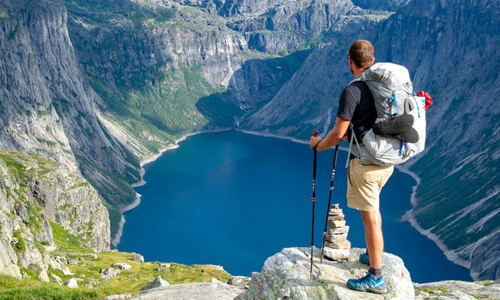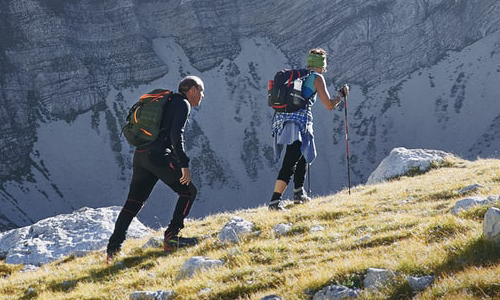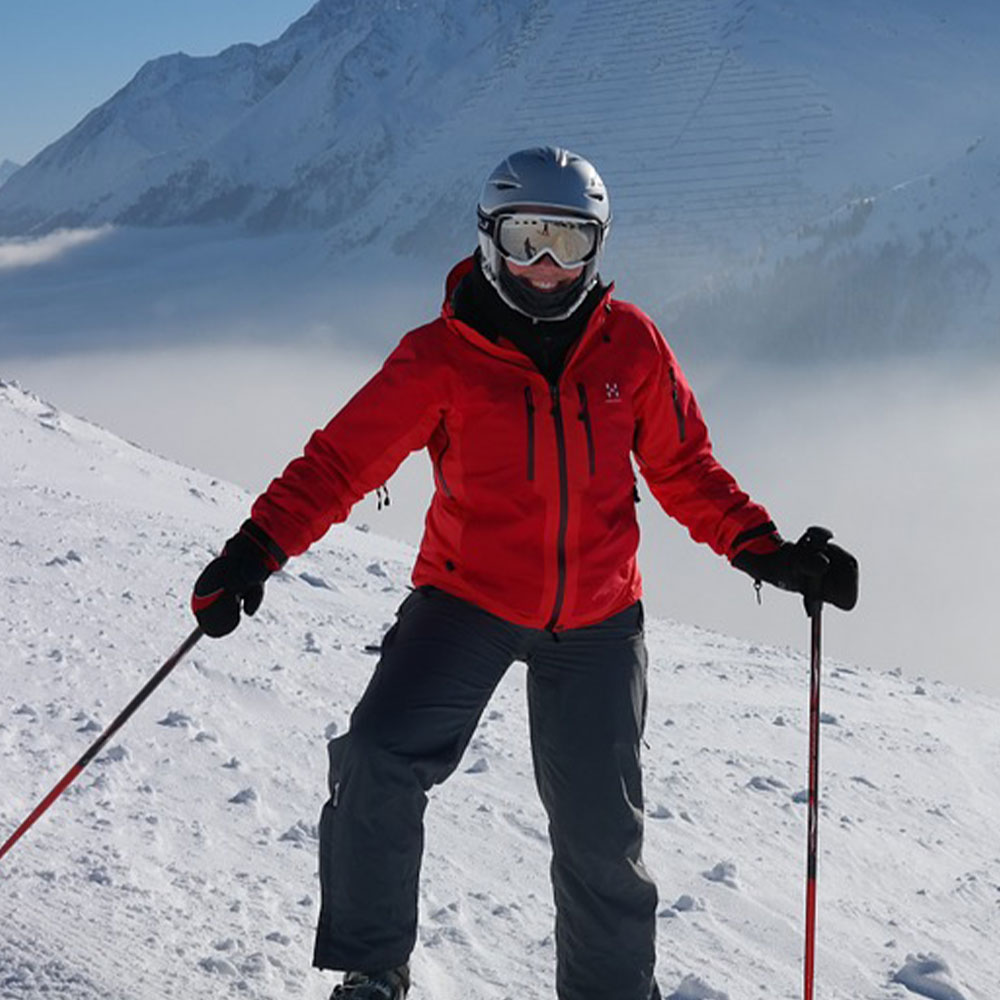What is Hiking Without the Aid of Technology? Sheer Bliss
Would you like to guess what has enabled people to spend more time outdoors? Well, if you haven’t yet, it’s the smartphone! In fact, the rise of smart devices has transformed our lives in an unprecedented way.
Earlier, you’d have that little compass and your hiking or camping gear packed tight inside your spacious backpack. But that was all you had got back then. Even when mobile phones became a reality, the battery capacity or the technology was not adequate to offer reliable navigation or help you do away with some of your stuff to reduce the unnecessary weight.

Modern Hiking and Gadgets
Over the last few years, however, that has changed drastically. Your smartphones have a far longer battery power and you can even make use of those external chargers which are specifically built for outdoors. The compass has gotten better too, full of modern features. What’s more, a plethora of new hiking apps have evolved to help you navigate the mountain trails and deep forests with convenience.
Does that mean technology has that infallible edge now, helping your outdoor trips and treks become truly a breeze?
The answer is a big no. That giant leap of technology is yet to come. And as it goes, nature has its own ways to surprise you. Before the batteries run out and technology breaks down in the middle of a forest, it is wise to equip yourself with the well-known conventional skills of navigation well in advance. That would be the smartest move, without a doubt!
So, how do you navigate the outdoors without the help of apps and gadgets? Read on.
A Checklist of Things Before You Begin Navigating the Old Way
The homo sapiens has always been a navigator. We have a natural instinct for explorations, built over thousands of years. And that includes outdoor navigation. Your mind is going to automatically switch on that evolutionary wisdom and intuition that involves navigation. You must, however, know a few things on your own as well. Bring a map and a compass, like all the old-world explorers used to do.
Know How to Use the Map and the Compass like an Expert
Navigating the outdoors like a pro requires some self-training, which involves using the maps skilfully. The map and the compass both have their own north direction on them, but the catch is they vary slightly with respect to each other. The north on the compass depends on your location, while the map has a static one. You’d have to adjust your map according to the compass.
The magnetic needle is the most important component on the compass. The red arrow points in the direction of the earth’s North Pole. The markings along the rim show the show the degrees within the four directions, i.e., east, west, north, and south. The variation we talked about earlier has to be taken into account using these markings. Aligning the map with the compass requires making adjustments for the degree of error. It can be easily spotted as the deviations are usually represented on the Ordnance Survey maps. If you do not have that kind of map, the thumb rule is to turn the markings two degrees in the clockwise direction by rotating the rim.
Locate, Locate, and Locate Some More
The surroundings hold important hints at how you have been and should be navigating. The elevation, downslopes, riverine, and trees – all of it is a cumulative picture of part of the strategy you should map-read and traverse. Some old wisdom speaks of the mosses that are a sign of the fact that you are headed toward the north. Similarly, if you find spider webs, it is a sign of the southern direction. You can explore the various hints of nature to employ those insights as part of your navigational skills.
In the Case You are Lost and Keeping Track of Your Pace
It is pragmatic to bring additional supplies to the hike. When you are a little lost in the terrains, those extra resources come quite handy. You also need to be aware of your pace of hiking. If the average 3 miles is what you are comfortable with, track your progress as you travel from one spot to another using the map. Keep a track of time as well as the position every hour or so, as it helps you avoid going in circles.

Stay Composed and Make a SOS if You Need It
A basic phone that serves as a secondary measure should be part of your hiking gear. Navigating without apps means applying your own natural and acquired skills without the dependability upon the technology. But should you get lost, go for that phone and call for help. It is best advised to make that call before dusk. It helps avoid the possible risks of getting stuck as the night approaches. Lighting up a campfire or setting up a tail of smoke is another way to send a rescue signal.
To sum up, while it is great to go nature's way with the bare minimum to stay ahead, it serves well to give it a thought about how good a navigator you are. If anything makes you uncomfortable, take help of the apps all you want. It goes without saying that traversing the terrains and roaming the forest trails without those tech-loaded gears offers a rejuvenating hiking experience. Yet do remember, your safety, of course, comes the foremost.



Submit a Comment